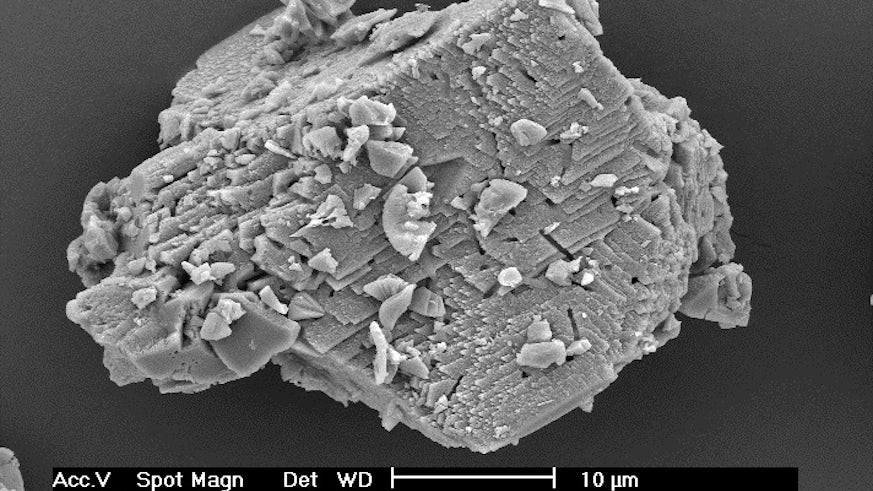Self-healing masonry
7 March 2018

Scientists are exploiting the unique properties of bacteria to help develop a self-healing system for buildings and historic structures.
Based at Cardiff University, the team have set out to produce a system that can be simply applied to building stone and masonry to give it self-healing properties.
Once applied, the team state that any sort of damage to the stone will trigger the release of bacteria and a range of ‘helper’ chemicals, allowing the damage to start repairing itself autonomously.
The key to the technology is the fact that naturally occurring microorganisms such as bacteria can produce mineral deposits when mixed with certain precursor chemicals.
One such mineral produced by bacteria is calcium carbonate, one of the main components in rocks and various other masonry materials.
As part of the study, the team will be looking at the different ways that bacteria, along with the precursor chemicals, can be introduced into building stone and masonry as well as the various benefits that it can bring under a number of situations.
The researchers already have a firm idea of the intricate processes involved, specifically with regards to the behaviour of the bacteria once it is inside of masonry.
“When present in masonry, the bacteria that produce the mineral deposits become entombed as spores, alongside the chemical precursors, within the mineral that it is producing,” said the study’s principal investigator Dr Mike Harbottle, from Cardiff University’s School of Engineering.
Self-healing materials are already being tested on a range of different materials, from glass and carbon fibre composites to concrete and electronic materials.
There is substantial interest in self-healing technology, especially from industry, as the costs associated with the maintenance and repair of materials continue to grow.
“Masonry structures are constantly deteriorating primarily due to the effects of weathering effects. These could be physical, chemical or biological changes which can all slowly attack the masonry structure,” said Dr Magdalini Theodoridou, the research fellow on the project.
“Over time, usually many years, this damage builds up until fractures arise. Whilst these may not compromise the integrity of a structure immediately, if allowed to develop then damage may become critical.”
Throughout the two-year project, the team will be developing ways to engineer self-healing systems into masonry, whether this is during the material’s production phase or once the masonry has been used as a building material.
“One possible application could be to produce a liquid or suspension, which you could buy from a local DIY store, containing all of the bacteria and chemicals that could be sprayed on to masonry to repair damage.”
Dr Theodoridou’s work is funded by the European Union’s Horizon 2020 research and innovation programme under the Marie Sklodowska-Curie Individual Fellowship scheme (grant agreement no. 745891).
